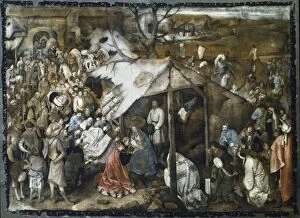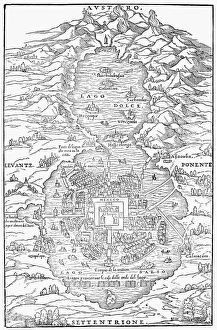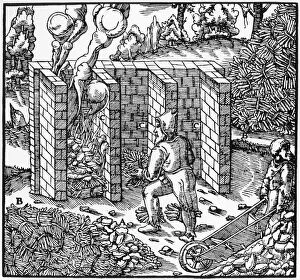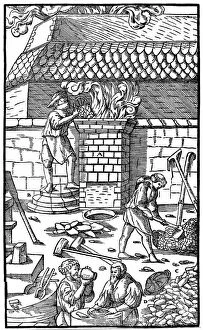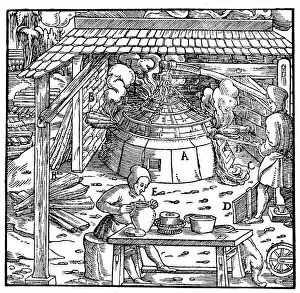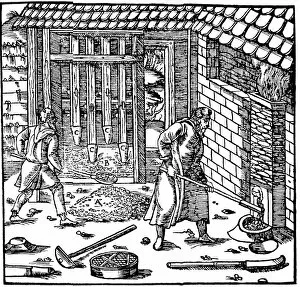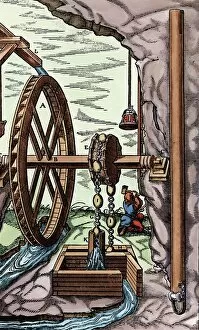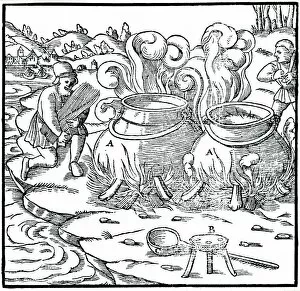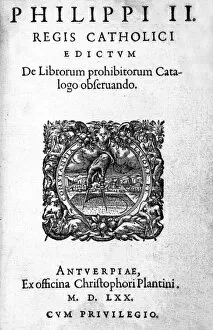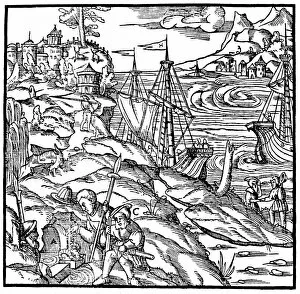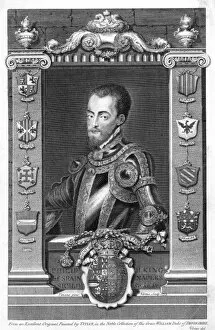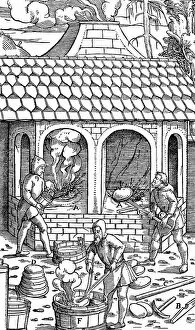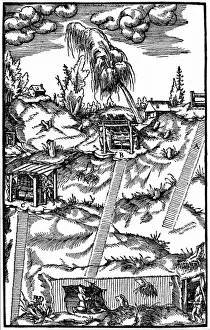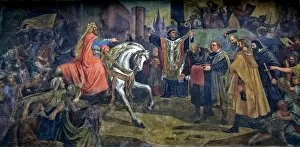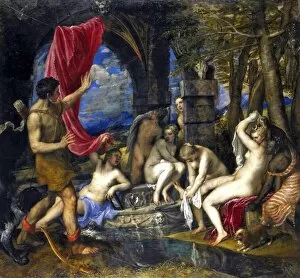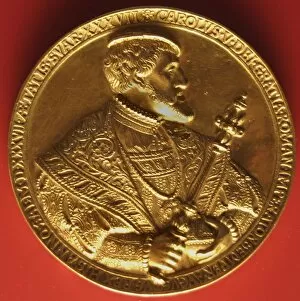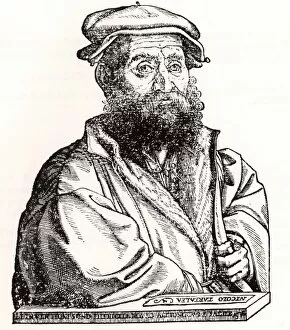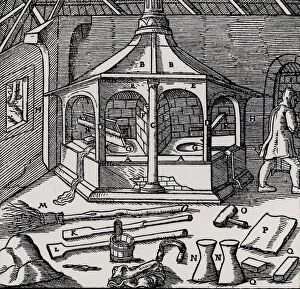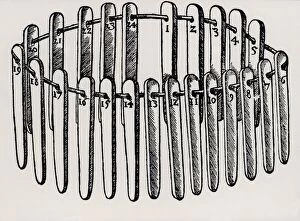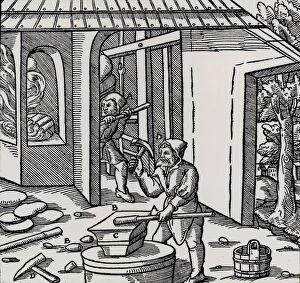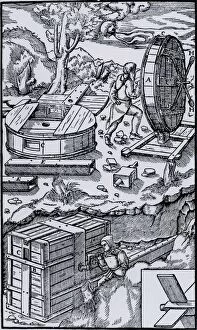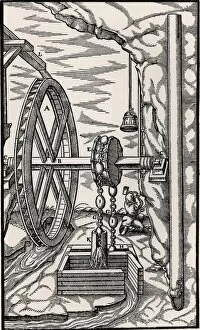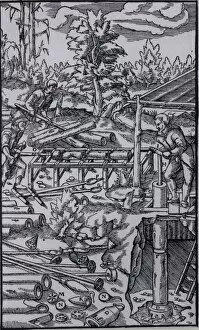1556 Collection (#5)
"1556: A Glimpse into the Vibrant Tapestry of History" Step back in time to Tenochtitlan, known today as Mexico City, during the Spanish Conquest
All Professionally Made to Order for Quick Shipping
"1556: A Glimpse into the Vibrant Tapestry of History" Step back in time to Tenochtitlan, known today as Mexico City, during the Spanish Conquest. This colored woodcut from 1556 transports us to a moment of cultural collision and transformation. Meanwhile, across the Atlantic, Thomas Cranmer plays a pivotal role in shaping religious reforms during the tumultuous era. His influence echoes through centuries as we examine his portrait amidst an Egyptian palm tree depicted in a stunning 16th-century artwork. Philip II of Spain, adorned with fursten regalia, stands tall as he navigates the complex web of politics and power that defined his reign. Loyola's presence is felt too; his legacy immortalized in Butler Lives while captured praying fervently by Holl. Johannes Forster's brush strokes bring forth an allegory depicting Emperor Charles V's Holy Roman Empire - a testament to both grandeur and complexity. De Brij further unveils Forster's talent with their engraving showcasing The Water Torture – a haunting reminder of darker times. Amidst this rich tapestry emerges St Ignatius Loyola himself, whose unwavering faith guided him through trials and tribulations. His indomitable spirit serves as an inspiration for generations to come. As we delve into these historical fragments from 1556, let us marvel at how they intertwine to form our collective narrative – one that continues to shape our present and future.



